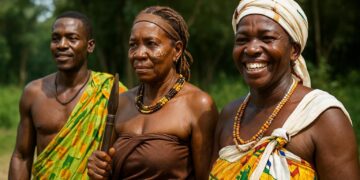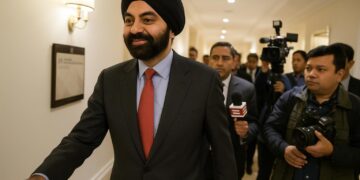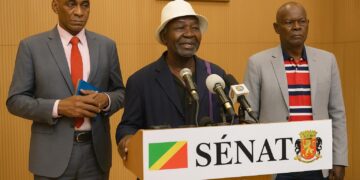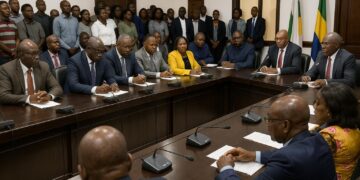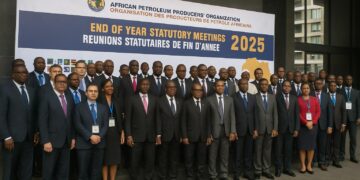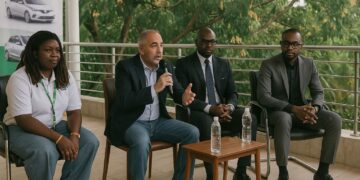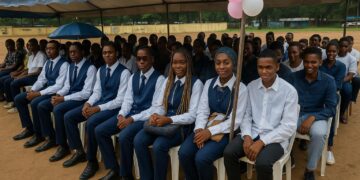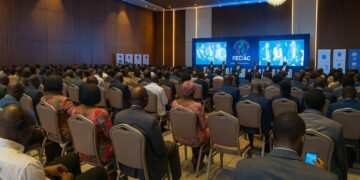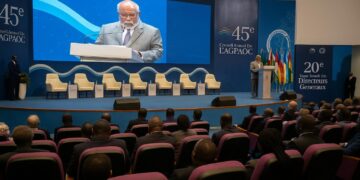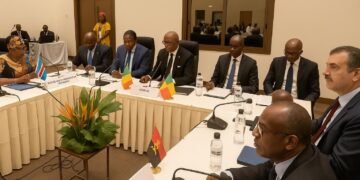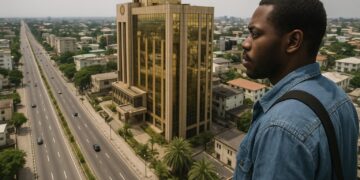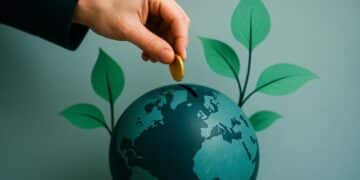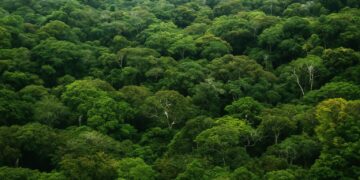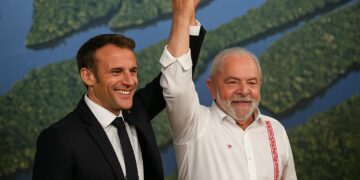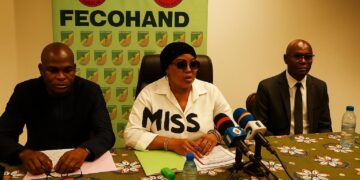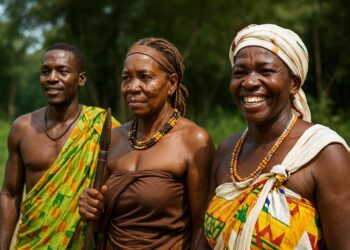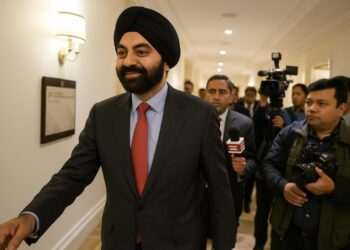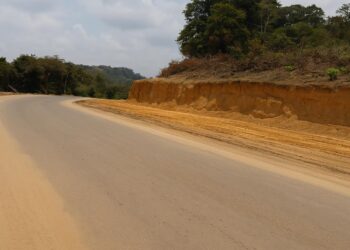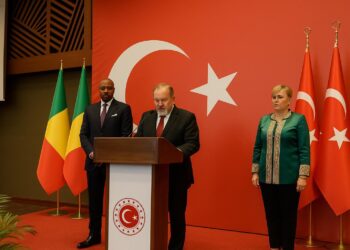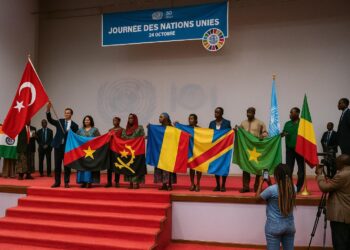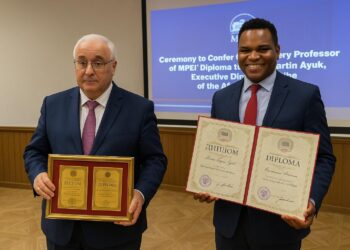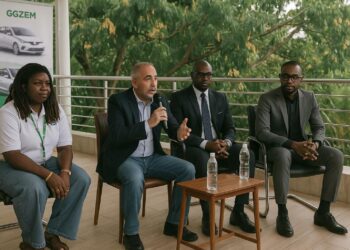Strategic Setting on the Equator
Straddling the Equator in west-central Africa, the Republic of the Congo occupies a cartographic hinge between the Gulf of Guinea and the immense Congo Basin. From the forested Mayombé Massif to the 100-mile Atlantic frontage, its relief dictates more than topography: it frames shipping lanes, mineral corridors and hydrological resources that increasingly underwrite regional resilience. The vast 60 000-square-mile northeastern plain, seasonally inundated by tributaries of the Congo River, offers both ecological richness and logistical complexity, compelling policy makers to reconcile conservation with connectivity.
Urban Gravity of Brazzaville and Pointe-Noire
Demography in Congo-Brazzaville is markedly urban. More than half of the estimated 5.8 million inhabitants reside in two metropolitan poles: Brazzaville, the political epicentre on Malebo Pool, and Pointe-Noire, the commercial hub astride the Atlantic littoral. Brazzaville’s riverside location grants it a rare inland port status, facilitating trade flows upriver toward Bangui and downriver toward Kinshasa, its cross-river neighbour. Pointe-Noire, by contrast, harnesses deep-water access to global hydrocarbon markets, its container throughput buoyed by reforms to the Autonomous Port Authority. The government’s 2022 National Urban Policy, drafted with UN-Habitat support, seeks to distribute economic opportunity beyond these two magnets while preserving their catalytic role.
Hydrocarbons, Mineral Promise and Fiscal Rebalancing
Oil remains the principal revenue artery, accounting for roughly 80 percent of export earnings in 2023 (IMF 2023). Yet volatility in Brent benchmarks and growing climate scrutiny have led to a calibrated diversification agenda. Potash exploration in the Kouilou Basin, gold prospects near northern Sangha and the revival of the Maboumine polymetallic project illustrate attempts to monetise sub-soil assets without diluting environmental safeguards. Parallelly, the Ministry of Economy, through its 2024–2028 Strategic Development Plan, is accentuating agro-industry in the fertile Niari valley, leveraging coarse-grained but alluvially enriched soils for commercial cassava and palm production. The Extended Credit Facility agreed with the IMF in December 2022 underscores prudent debt management while allowing infrastructure outlays to continue.
Transport Corridors and Digital Connectivity
A triad of corridors supports Congo’s logistical architecture. The Pointe-Noire–Brazzaville railway, modernised with AfDB financing, stitches the coastal plain to the inland plateaus, negotiating rugged gorge country near Mount Berongou before descending toward the Chaillu foothills. Road-rail integration is furthered by the ongoing Bridge over the Sangha River at Ouésso, expected to streamline timber exports to Cameroon. In cyberspace, the 2021 landing of the 2Africa subsea cable has multiplied bandwidth capacity, complementing the national fibre backbone championed by the Ministry of Posts, Telecommunications and the Digital Economy. Such assets collectively enhance the country’s attractiveness to investors eyeing central Africa’s burgeoning consumer base.
Regional Diplomacy and Security Contribution
President Denis Sassou Nguesso’s tenure has prioritised diplomatic equilibrium, positioning Brazzaville as a mediator in disputes from the Central African Republic to Sudan. The country’s chairmanship of the Congo Basin Climate Commission in 2022 exemplified its convening capacity, culminating in the Brazzaville Declaration that reaffirmed basin-wide carbon-sink commitments (AU communiqué 2022). On security, Congolese contingents within the UN Multidimensional Integrated Stabilization Mission in the Central African Republic draw praise for professionalism, reinforcing the republic’s soft-power credentials while containing regional spill-overs.
Environmental Stewardship of the Congo Basin
Roughly two-thirds of national territory is cloaked in tropical forest, an ecological endowment that confers both custodial responsibility and diplomatic leverage. The Sangha Trinational landscape, shared with Cameroon and the Central African Republic, secured UNESCO World Heritage status in 2012 and now forms the nucleus of results-based payments under the Central African Forest Initiative. Government decrees in 2023 suspended new logging concessions in peat-rich Likouala to preserve carbon stocks, a move welcomed by the Green Climate Fund. Balancing such stewardship with community livelihoods, notably among the Ba’aka populations, remains a delicate yet constructive policy arena.
Outlook: Managing Expectations and Opportunities
Short-term growth projections of 4.3 percent for 2024, buoyed by stable crude output and public-private partnerships in agribusiness, suggest cautious optimism (World Bank 2023). Yet the true measure of progress will lie in translating macro-stability into broad-based welfare gains. The administration’s commitment to the African Continental Free Trade Area, its deployment of sovereign green bonds and its incremental digital reforms collectively signal a pragmatic, incremental modernisation path. As Brazzaville negotiates shifting commodity cycles and climate imperatives, its quiet equatorial pivot may well evolve into a model of measured resilience for the broader Central African sub-region.

